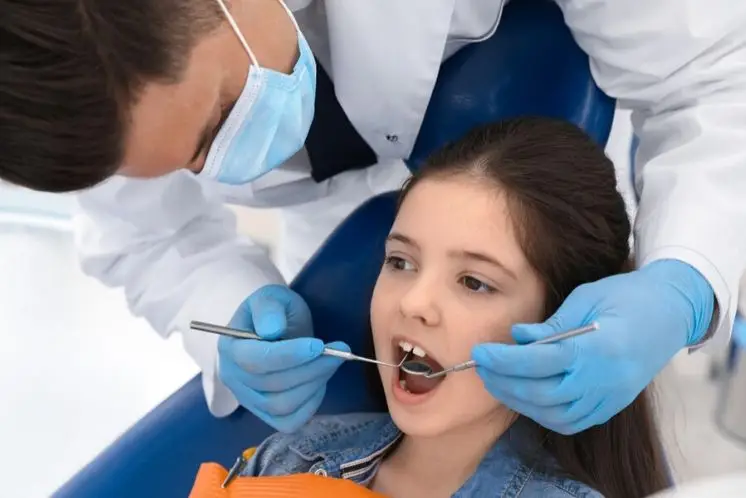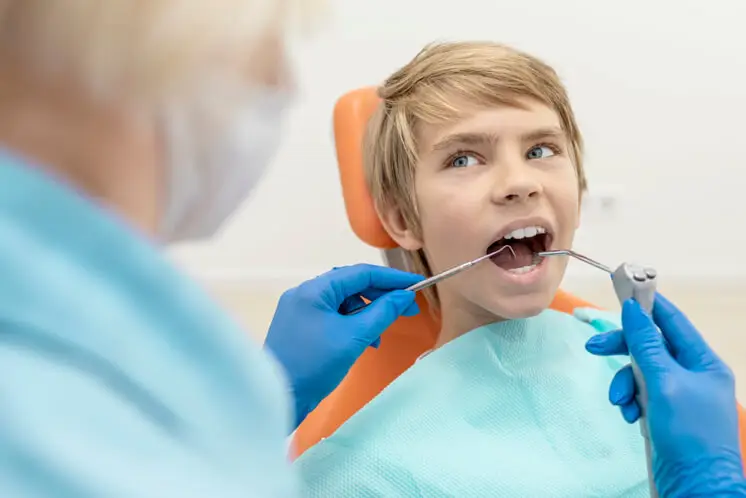Dental fluorosis: treatment in children and adults

Dental fluorosis is a cosmetic illness that affects teeth. It is caused by an overexposure to fluoride during the first eight years of life, which is when most permanent teeth are formed.
When they erupt, teeth affected by fluorosis can appear slightly discoloured, with white stains or, in more severe cases, teeth can have stains that range from yellow to dark brown, surface irregularities and cavities that are highly notable.
1. Dental fluorosis in children
An important cause of dental fluorosis is the inappropriate use of dental products that contain fluoride, such as toothpaste and mouthwashes. Sometimes children enjoy the taste of toothpaste containing fluoride so much that they swallow it instead of spitting it out.
However, there are other causes of fluorosis, such as taking a higher amount to that prescribed of a fluoride supplement during infancy or having a fluoride supplement when drinking water already contains fluoride.
Fluoride appears naturally in water. The levels of natural fluoride above the range currently recommended for drinking water can increase the risk of severe fluorosis. In places in which these natural levels are very high, it is recommended that children drink water from other sources.
2. Symptoms and treatment of fluorosis
The symptoms of fluorosis range from small white stains or lines that may go unnoticed to dark brown stains and rough enamel that is difficult to clean. In many cases, the fluorosis is so slight that it does not require treatment. Or it only affects back teeth where the stains cannot be seen.
The appearance of teeth affected by moderate to severe fluorosis may be improved significantly through a variety of techniques. Most of them are aimed at hiding stains.
In children, these techniques may include the placement of composite resin which adheres to the enamel improving the aspect of the affected tooth. In adults there is more variety of treatments aside from the placement of composite resin – teeth whitening can also be carried out or teeth veneers or crowns fitted, covering the front part or all of the teeth to improve their appearance.
3. Prevention of fluorosis
However, it is essential for parents to be on the look out to prevent fluorosis. At home it is essential to keep all products containing fluoride, such as toothpaste, mouthwashes and supplements, out of the reach of small children.
It is also important to control the use of toothpaste containing fluoride. It is necessary to place an amount of toothpaste the size of a pea on the child’s toothbrush. This is enough to protect teeth.
It is also necessary to show your child how to spit the toothpaste out after brushing instead of swallowing it. To encourage your child to spit, it is important to avoid toothpaste with flavours that encourage your child to swallow it.








